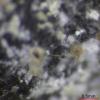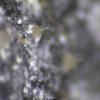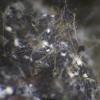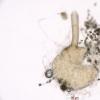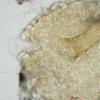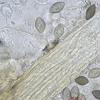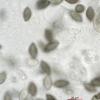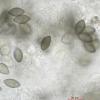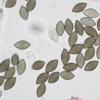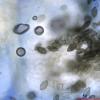
08-11-2025 00:29
 Francois Guay
Francois Guay
I found this species in Quebec, Canada, on herbace

04-11-2025 09:07
Hello.A suspected Hymenoscyphus sprouting on a thi

04-11-2025 12:43
 Edvin Johannesen
Edvin Johannesen
Hi! One more found on old Populus tremula log in O

03-11-2025 21:34
 Edvin Johannesen
Edvin Johannesen
These tiny (0.4-0.5 mm diam.), whitish, short-stip
Found in Bern, Switzerland, near the river Aare on deer dung in culture, after 2 weeks.
I think it is a Melanospora species.
Perithecia roundish, about 350 my in diameter. Beak 250 to 500 my long, 50 my wide. Ascis very volatile. Spore-bearing part about 50 x 30 my with a clearly separated slender cylindrical stalk. 4 or 8 spores. Spores olive brown, elongated lemon-shaped, with a small germinal pore at both ends. No germinal fissure. Apical ends of the spore minimally hyaline.
Spores (19.6) 22 (23.1) x (11.2) 12 (12.8).
In von Arx & Müller - Die Gattungen der amerosporen Pyrenomyceten M. leucotricha is an option, but I am unsure.
Am I right with Melanospora and can someone help me with the species?
Greetings, Simon

Your mushroom may be a little immature, but I actually think it is Melanospora zamiae. M.brevirostris is close but the spores are larger and the beak is shorter.
Michel.
Thank you very much for your help.
In the meantime, I have noticed that M. leucotricha is a synonym of M. zamiae (Yasmina Marin-Felix et al. / MycoKeys 44: 81-122 (2018)).
In von Arx & Müller, die Gattungen der amerosporen Pyrenomyceten 1954, M. zamiae and M. leucotricha are two species. The main difference between the two species in this work is, in my opinion, the presence of germinal clefts in M. zamiae.
I have noticed that the very thin-walled spores of M. zamiae in cotton blue can colapse very quickly and give the impression of germinal clefts. Perhaps this was misinterpreted at the time.
Greetings, Simon


